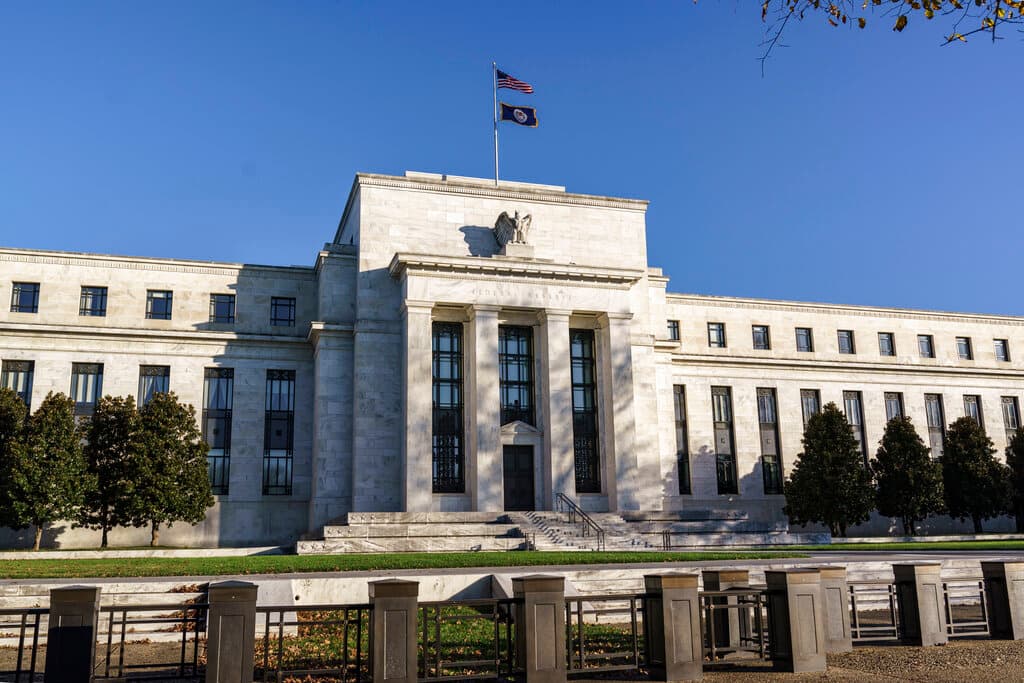A Golden ‘Surprise’
Why are sophisticated market analysts so flustered over the fact that the gold value of the dollar, which has shed more than 98 percent of its value since the end of Bretton Woods, is collapsing?

“Surprising,” the Wall Street Journal reports, is how analysts are describing the fiat dollar’s record low against the basis of monetary value, gold. “Quiet,” too, and “stealthy,” is how market watchers mark the dollar’s plunge, which has caught these financial experts “off guard,” the Journal says. No wonder that today’s inflation report shows prices, too, edging past analyst estimates — up 3.2 percent over last year, despite the Fed’s war on inflation.
These financial data, though, will surprise no one who has been following the dollar’s long slide in terms of gold. The greenback is fetching but a 2,154th of an ounce of gold in trading today, meaning the one-dollar Federal Reserve note has shed more than 98 percent of its value from the days when it was convertible at a 35th of an ounce of gold. The dollar’s plunge has accompanied the Fed’s attempts to quash President Biden’s inflationary wave.
A “vote of no-confidence in America’s fiat money,” is how these columns last week characterized the plummet in the gold value of the dollar. It’s no coincidence that the dollar finds its nadir as the price of a cryptocurrency, Bitcoin, is also surging to record highs — more than $70,000 in trading today. So what do market analysts like those queried by the Journal make of the zeal for gold, which is soaring alongside monetary novelties like Bitcoin?
“Gold’s sharp jump,” J.P. Morgan Global Commodities Research contends, “has surprised us by its intensity.” The perplexity of these market analysts, as the Journal reports it, stems in part from the fact that gold’s “ascent is coinciding with optimism about the U.S. economy,” while the precious metal is usually “seen as a haven in times of volatility.” So “the magnitude of the move and gold’s climb,” the Journal reports, “call for more explanation.”
Such befuddlement among market analysts reflects the fiat money mentality — a widespread one, to be sure, since President Nixon severed the dollar’s last tie to gold in 1971 — that sees the monetary metal as a mere commodity. Yet the amount of gold that exists on Planet Earth hasn’t changed since the big bang — a fact of which the Editor of the Sun is always reminding those who pull the oars in the editorial galley. “I should know,” he growls. “I was there.”
The thing to mark, in any event, is that gold, seen in its historic context, is the yardstick for all monetary value. So the most logical explanation for the plunge in the fiat greenback’s gold value is that investors, many overseas, are looking for a more reliable store of value than our debased dollar. That impulse is certainly vindicated by this morning’s inflation report. “Hotter than expected,” is Bloomberg News’ appraisal of the latest CPI numbers.
With the core consumer price index up 3.8 percent over the prior year, that’s nearly double the 2 percent target for inflation that is maintained by the Federal Reserve. It’s a signal suggesting that interest rates, running at paces not seen since the 2008 financial crisis, won’t be abating as soon as the market — and Mr. Biden’s re-election campaign — would like. The gold price, after all, affects every voter, whether they own gold or not.
Which brings us back to the analysts startled by the dollar’s tumble against gold. “Many on Wall Street,” the Journal reports, think the trend is likely to continue. Citigroup, TD Securities, and J.P. Morgan, the Journal says, forecast the dollar dropping to a 2,300th of a gold ounce. Considering the failure of Mr. Biden and the Fed to tame inflation, though, what’s to stop the dollar from falling even further? Let’s just say such a collapse wouldn’t be a surprise.

